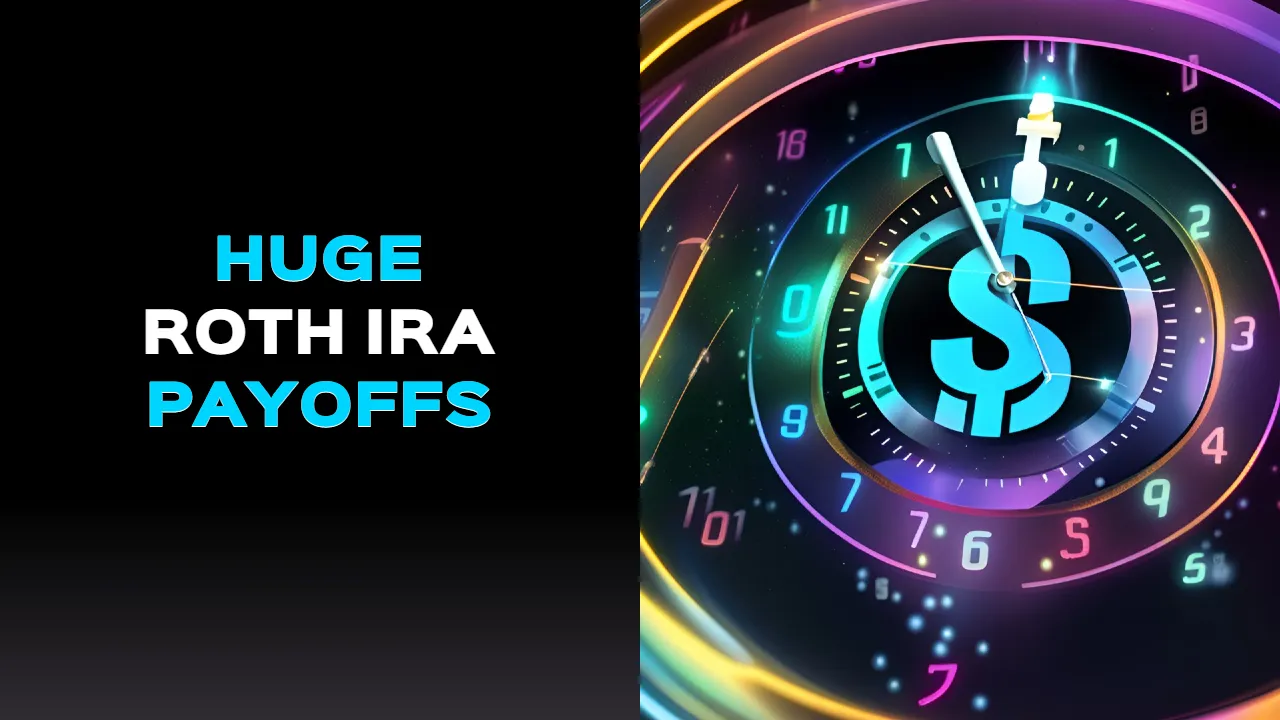Mastering Pension Fund Distribution: Essential Guide for Early Retirees
So, you've managed to navigate the complexities of your career, and now retirement is on the horizon.
But what about your pension fund? It's not as simple as just collecting a check each month. Mastering the distribution of your pension fund is a crucial step in securing your financial future.
From understanding the intricacies of pension funds to strategic allocation for early retirement, there's a lot to consider. Whether you're a few years or a few months away from retiring, knowing how to make the most of your pension fund is essential.
But fear not, we're here to guide you through the process and help you make informed decisions that will set you up for a comfortable and worry-free retirement.
Understanding Pension Funds
https://www.youtube.com/watch?v=wFhPUWCwLko
If you're planning for retirement, understanding pension funds is essential for making informed decisions about your financial future. Pension fund management plays a crucial role in ensuring your retirement savings are well-invested and managed effectively. As you prepare for the next phase of your life, it's important to grasp the inner workings of pension funds to maximize the benefits they offer.
Pension fund management involves overseeing the investments and assets within the pension fund to ensure they generate returns and grow over time. This is vital for securing a stable and reliable income stream during retirement. Understanding how pension funds are managed can give you insight into the potential risks and rewards associated with different investment strategies, empowering you to make informed choices that align with your retirement goals.
The Importance of Early Retirement Planning
Early retirement planning is a critical aspect of securing your financial future and ensuring a smooth transition into the next phase of your life. Planning for early retirement isn't just about quitting your job early; it's about achieving financial independence and enjoying the freedom to pursue your passions and dreams.
Here are four key reasons why early retirement planning is essential:
- Financial Independence: Early retirement planning empowers you to achieve financial independence sooner, allowing you to break free from the constraints of traditional employment and live life on your own terms.
- Retirement Savings: By starting your retirement savings early, you can take advantage of compounding interest and build a substantial nest egg that will support you throughout your retirement years.
- Peace of Mind: Planning for early retirement provides you with peace of mind, knowing that you're taking proactive steps to secure your financial future and that you won't have to rely on others for support in your later years.
- Flexibility and Opportunity: With a well-thought-out early retirement plan, you can create opportunities for travel, hobbies, and new experiences, allowing you to make the most of your newfound freedom.
Pension Fund Distribution: What It Means
Now that you understand the importance of early retirement planning and the benefits it brings, let's explore the significance of pension fund distribution and what it entails for early retirees.
Pension fund distribution refers to the process of accessing and utilizing the funds that have been accumulated through retirement benefits and investment strategies over the years. For early retirees, this phase is crucial as it determines how effectively you can manage and sustain your lifestyle without a regular paycheck.
Pension fund distribution allows you to make informed decisions about how to allocate your retirement savings, whether through lump-sum withdrawals, annuities, or a combination of both. It's about ensuring that you have a steady income stream while also preserving your funds for the long term.
This phase also involves understanding the tax implications of different distribution options, as minimizing tax liabilities is essential for maximizing your retirement income.
Moreover, pension fund distribution provides early retirees with the opportunity to reassess their investment strategies and adjust their portfolios to align with their changing financial needs and risk tolerance. It's a time to seek professional guidance, evaluate potential growth opportunities, and safeguard your retirement nest egg.
Mastering pension fund distribution empowers you to enjoy the freedom of retirement without financial worries.How to Allocate Your Pension Fund in Early Retirement
Consider your current financial needs and long-term goals when deciding how to allocate your pension fund in early retirement. It's crucial to develop a strategy that aligns with your lifestyle and aspirations for the future.
To effectively allocate your pension fund, consider the following: - Diversification: Spread your pension fund across various investment vehicles such as stocks, bonds, and real estate. Diversification can help manage risk and optimize returns.
- Income Generation: Allocate a portion of your pension fund to investments that provide regular income, such as dividend-paying stocks, rental properties, or bonds. This can ensure a steady cash flow during retirement.
- Risk Management: Assess your risk tolerance and allocate your pension fund accordingly. Consider mixing low-risk investments like bonds with higher-risk, higher-return options like stocks to balance risk and reward.
- Regular Review: Regularly review and adjust your investment strategies to adapt to changing market conditions and your evolving financial needs. Being proactive in managing your pension fund can help you stay on track towards achieving your retirement goals.
Annuities: A Stable Income Source in Retirement
As you plan for your retirement, securing a stable income source becomes pivotal, and annuities offer a compelling option to achieve this goal. Annuities are financial products designed to provide a reliable stream of income during retirement. They come in various options, including fixed, variable, and indexed annuities.
Fixed annuities offer a predetermined payout, providing a sense of security and stability in retirement income. On the other hand, variable annuities allow you to invest in different sub-accounts, offering the potential for higher returns but also carrying more risk. Indexed annuities tie returns to a specific market index, offering a balance between fixed and variable options.
When considering annuity options, it's essential to evaluate your specific retirement income needs and risk tolerance. Annuities can be an attractive choice for retirees seeking guaranteed income and protection from market volatility. They can complement other sources of retirement income, such as pensions and Social Security, to create a more diversified and reliable financial plan for your retirement years.






